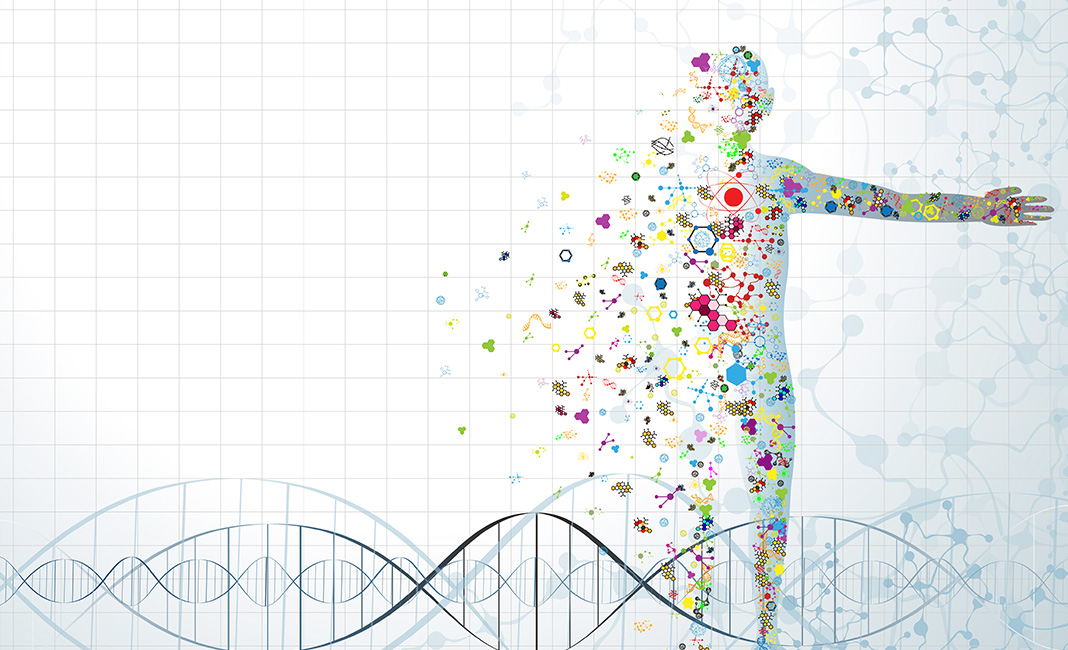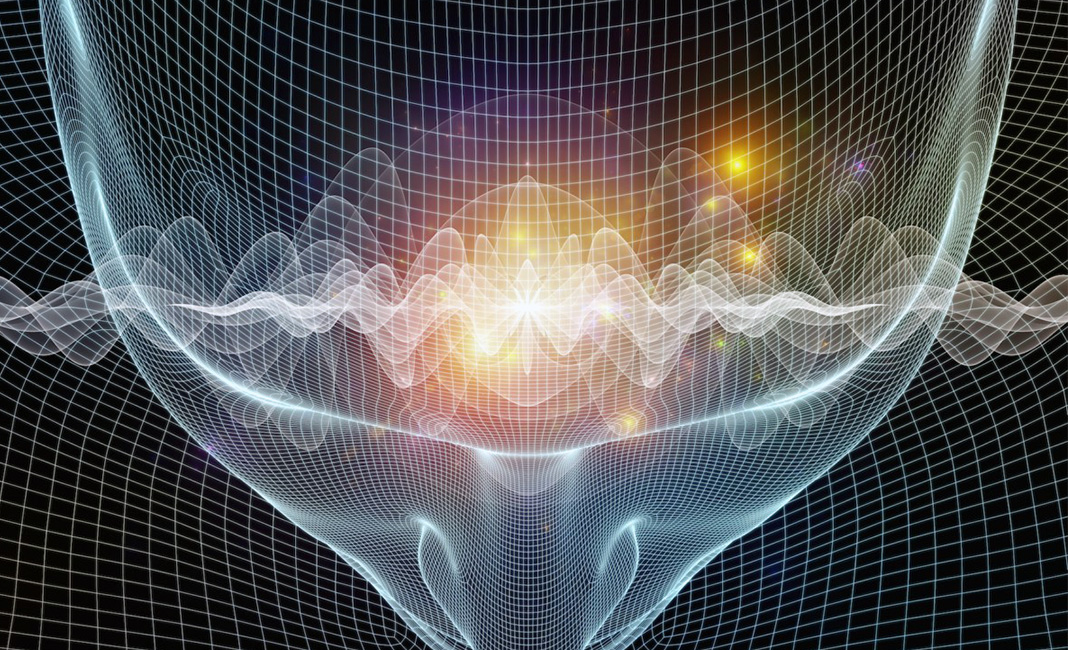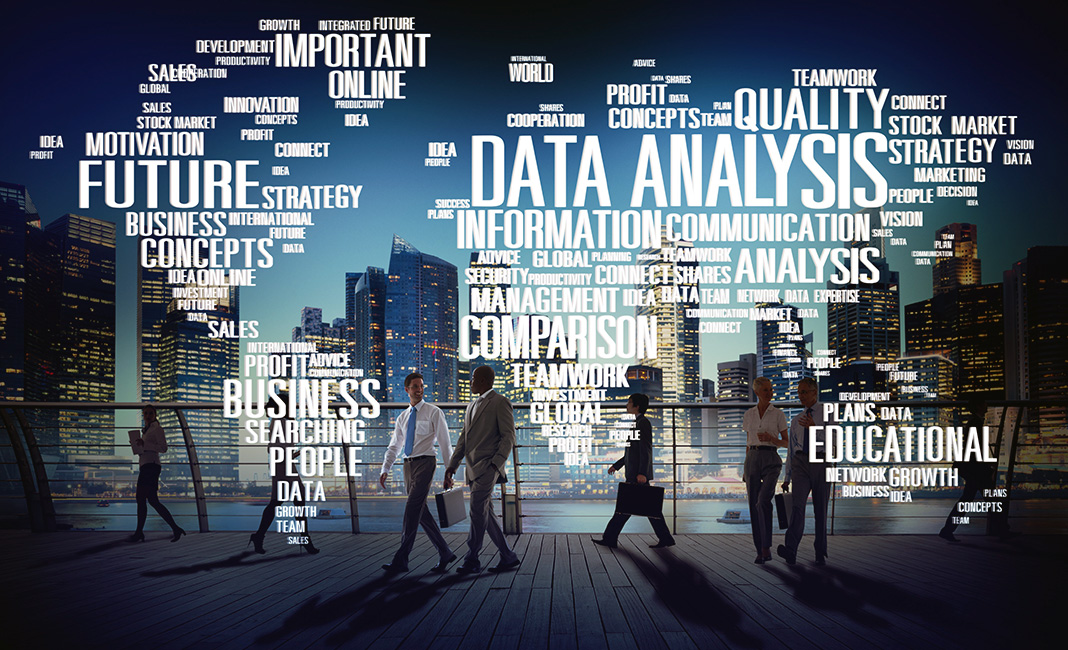Output one. The data we gather from smart sensors, wearables, and the Internet of things is going to continue to grow. With that, new technologies are going to develop around it. Output two. The big data becomes a relic as there is always a new trend to come out, like the cognitive technology.
Time to see what top experts in the field have to say about the future of the big data.
1. Big Data And Analytics Continue To Grow
All experts agree that we are going to continue generating larger volumes of data. If we take into consideration the number of mobile devices and the IoT devices, the big data is going to grow to unprecedented levels.
As the data grows, also the ways to analyse the data are expected to grow and improve. Spark, SQL, and many new tools for analysis are going to emerge and improve. Machine learning, the cloud and the smart appliances are driving the next wave of big data, with Spark as one of the fastest growing.
Also, big names like Salesforce and Microsoft, are already working on predictive analytics platforms with features that let non-coders create apps to view and work with business data.
2. Big Data, Insights, And Action

Having insights into the data is the way of going forward if you want to win in the big data market. Being able to access, use the data and make decisions in real time is paramount.
There is a gap between insight and action in big data at the moment. However, by the end of 2016, this gap is going to close and all the spent energy around the big data collection is going to redirect towards insights and execution.
“Actionable” of “fast” data is going to replace the big data. Big is is not better when it comes to data. Moreover, most businesses do not use a fraction of the data they collect. Instead, thanks to A.I., the companies are going to focus on asking the right questions for the best “actionable” data.
3. Machine Learning Cleans Big Data

According to Gartner, machine learning is a top trend for 2016. Machine learning is the key element for data preparation and predictive analysis in the businesses of tomorrow.
The next step in “big data” is to create a link between cognitive computing and data analytics. More of less, in the same way that the today’s businesses accept that between the big data and analytics there is a deep connection.
The growing volume of data sources and their complexity of information makes manual analysis uneconomic and infeasible. Thanks to DNNs (deep neural nets) we move beyond classic computing and information management and create systems that can self-learn. Systems able to perceive the world, without human help.
4. No Data, No Business

“By 2020, All businesses are data businesses or no businesses at all.” More and more companies are going to drive value and revenue from their data. All businesses using “correct data” are going to see $430 billion in productivity benefits over the competition not using data.
Businesses are going to purchase algorithms rather than program them and add their data. Existing services like Algorithmia, Data Xu, and Kaggle can be expected to grow and multiply.
5. Privacy And Security
It is true. Only time can tell which of these predictions are going to come true and which are going to pass into obscurity. Regardless, the conclusion here is that the big data is only going to get bigger. More importantly, the companies that ignore the big data are going to be left behind, to a stopping point.






